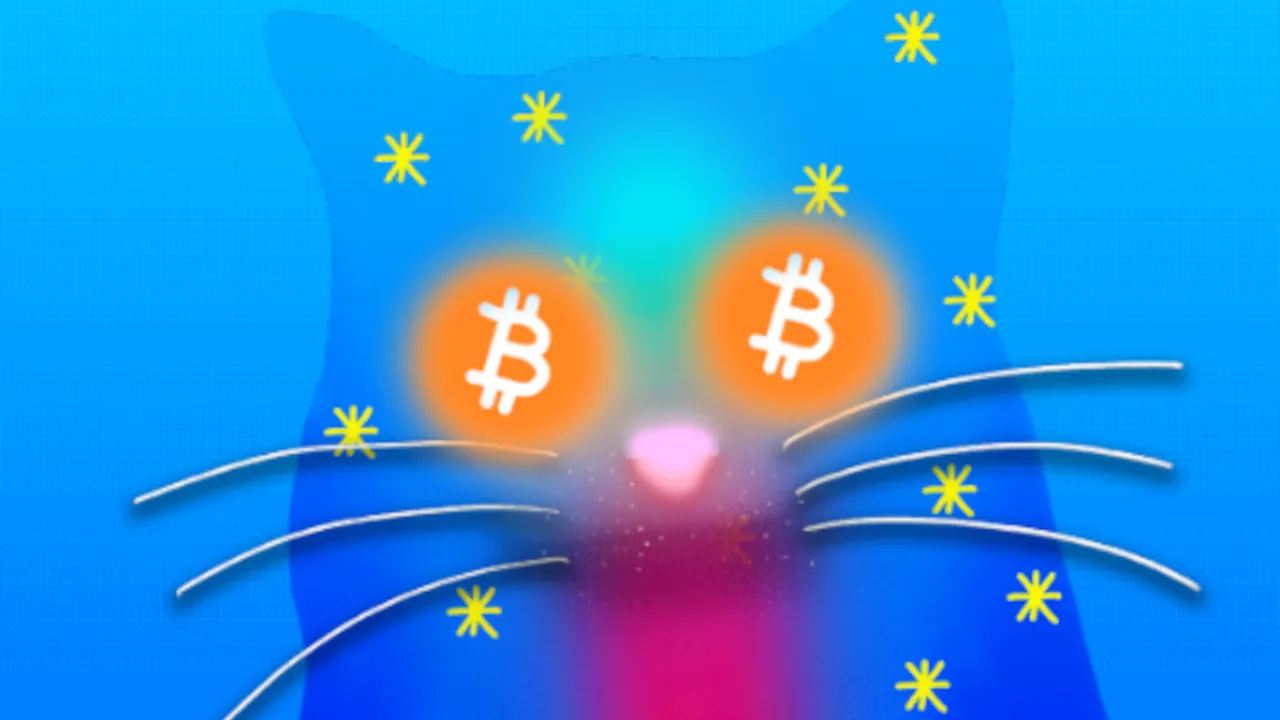
Bitcoin’s developer ecosystem is the hottest it has been in years. Projects, tools, and proposals to unlock new decentralized applications for the OG crypto network are now part of the mainstream Bitcoin conversation.
One proposal central to that conversation is BIP-347, or “OP_CAT”—though called BIP-420 by some proponents—a potential soft fork upgrade that proponents think could supercharge Bitcoin’s capabilities.
At a bare-bones level, what OP_CAT does is allow users to join, or “concatenate,” two pieces of data within a stack. It then places those values on top of the stack, making them the first items acted on within a transaction.
In theory, this gives Bitcoin more utility. But just useful could it be, and are its benefits being oversold?
“CAT makes everything better,” said Bob Bodily, co-founder and CEO of Bitcoin marketplace Bioniq, to Decrypt. Bodily’s Twitter profile picture features a Quantum Cat, an Ordinals NFT from the collection launched by Taproot Wizards in January as an advertisement for the proposed Bitcoin upgrade.
Yet some Bitcoin builders believe that OP_CAT’s benefits are being exaggerated. Robin Linus, co-author of the aforementioned BitVM2, published a document in August debunking “common fallacies” he hears from OP_CAT proponents.
“The design space for OP_CAT-based token standards and DeFi applications is largely unexplored, and we cannot foresee all the innovations that might emerge and how they affect MEV,” he wrote.
